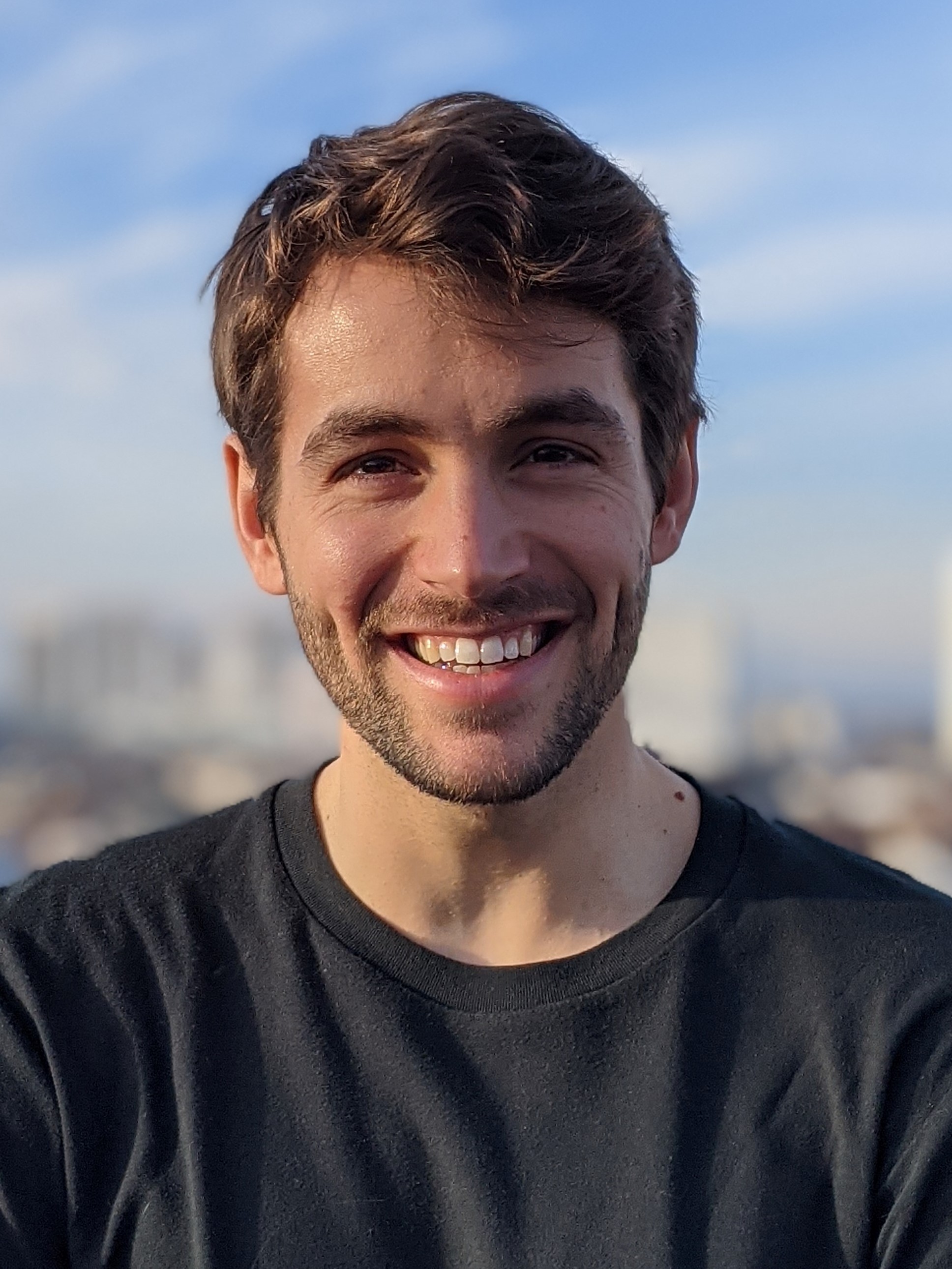Prof. Dr. Andreas Keller, Institute of Molecular and Clinical Ophtalmology Basel (IOB), Basel

Recently arrived
Andreas Keller is a Group Leader at the Institute of Molecular and Clinical Ophthalmology Basel (IOB) and an Assistant Professor at the University of Basel. Andreas was trained in physics at ETH Zurich. He then pursued a PhD at ETH Zurich working on basic visual computations and how these were influenced by behavior and other contextual signals. Following up on these ideas, during his postdoc at UCSF, he studied how contextual signals from within primary visual cortex or from higher visual cortex influence this processing. Since 2021, Andreas has his own lab focusing on how cortical circuits are restructured upon experience and learning.
************************************
Photo. Prof. Dr. Andreas Keller, IOB, Basel
************************************
https://iob.ch/research/molecular-research-center/visual-cortex-plasticity-group-andreas-keller
************************************
Visual Cortex Plasticity Lab
An essential function of the nervous system is to process sensory information and integrate it with contextual information in an internal model of the world to instruct adaptive behavior. Accordingly, sensory processing can be described as two interacting pathways (Figure 1). One pathway links the sensory organs via primary sensory cortex to higher cortical areas. This feedforward pathway provides sensory information from the world. The second pathway, the feedback pathway, links higher cortical areas to primary sensory cortex, providing contextual signals. These signals are based on the brain’s internal model of the world and are likely used to predict input from the feedforward pathway (Figure 2). To effectively process sensory information, both these pathways are shaped by development and restructured by learning and experience. Because the two pathways are inherently interdependent, plasticity in both pathways needs to be coordinated. How the coordination of plasticity in the feedforward and feedback pathway is accomplished is still largely unclear. Based on theoretical work, it has been speculated that one way to reduce the complexity of the learning problem is to reshape the feedforward and feedback pathways asynchronously. The idea is that global state changes could be used to organize separate phases of plasticity in the two pathways.
The aim of our research is to uncover the mechanisms that gate plasticity to shape cortical circuits during learning, while maintaining normal brain function. This will involve research on neuronal circuits, the development of novel technologies for the chronic manipulation and recording of neuronal activity, and of strategies for targeted interventions that enhance plasticity.
The focus of our lab can be summarized as follows:
- What changes in cortex when we form a memory?
- What are the mechanisms?
- How can we take advantage of these mechanisms to promote plasticity during learning?
Why is all of this relevant? With increasing age, the capacity for cortical plasticity is progressively diminished. Consequently, recovery of function after either traumatic injury, stroke or disease is often severely limited. Having the means to selectively augment cortical plasticity in recovery therapy would address a substantial unmet medical need.
AK
|
Figure 1: Circuits in sensory cortex are embedded in feedforward and feedback streams of processing. In visual cortex, for example, these circuits receive feedforward input from the retina, and feedback input for higher cortical areas providing contextual signals. |
Figure 2: To create the percept of a triangle, your sensory cortex fills in the missing information based on feedback signals from higher visual areas. The reason why you see this illusory triangle is because you have seen many triangles throughout your life. Circuits in visual cortex are therefore shaped by experience and learning. |
